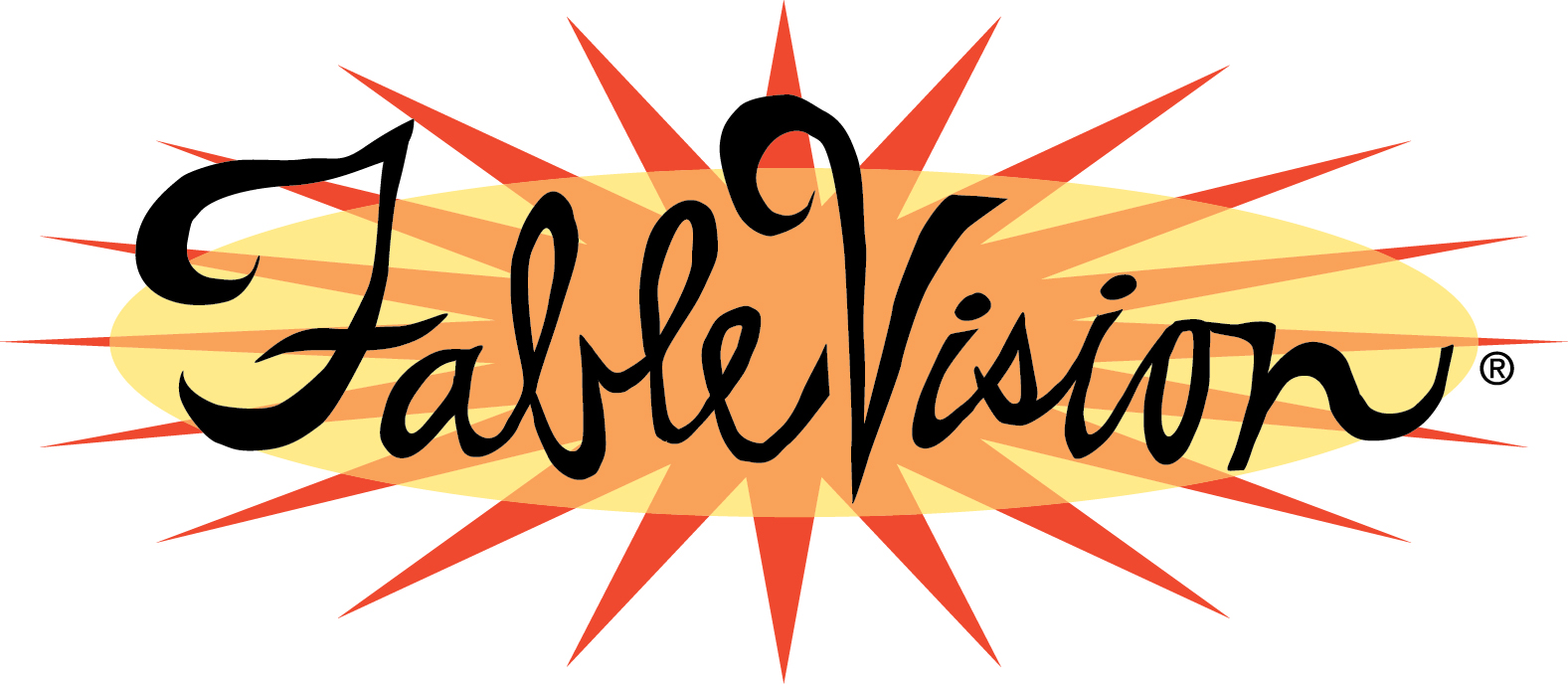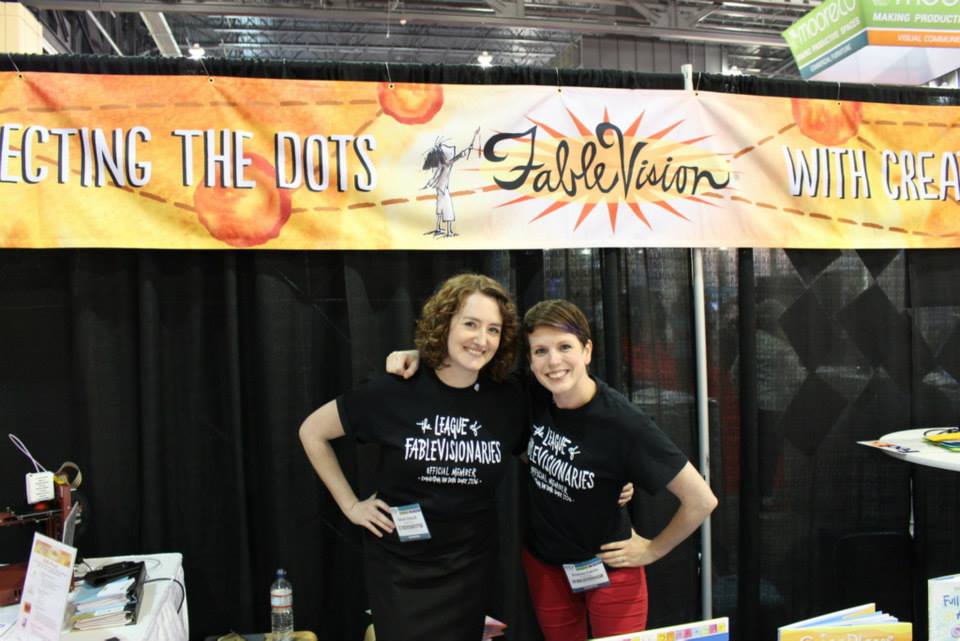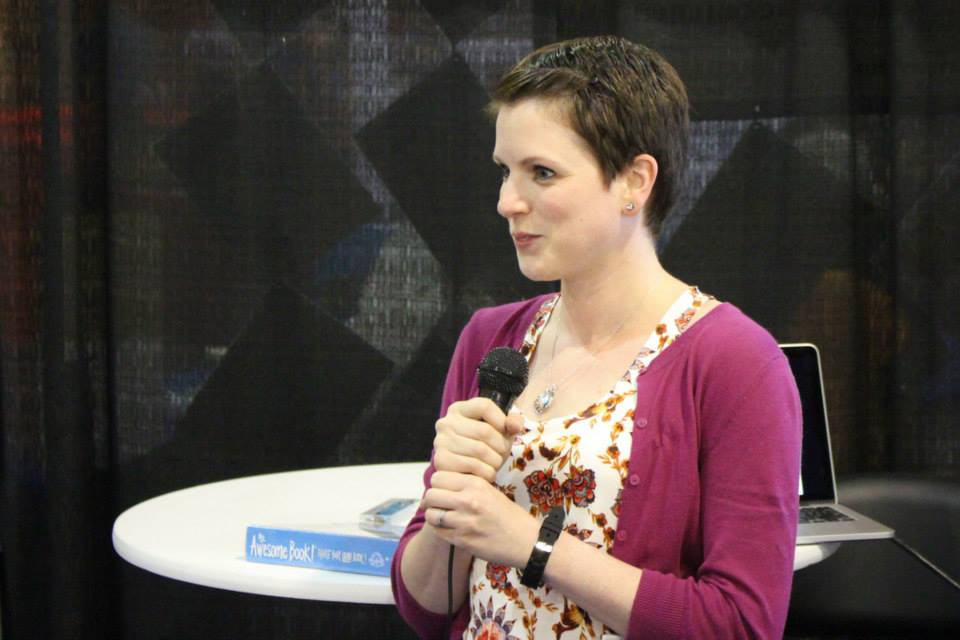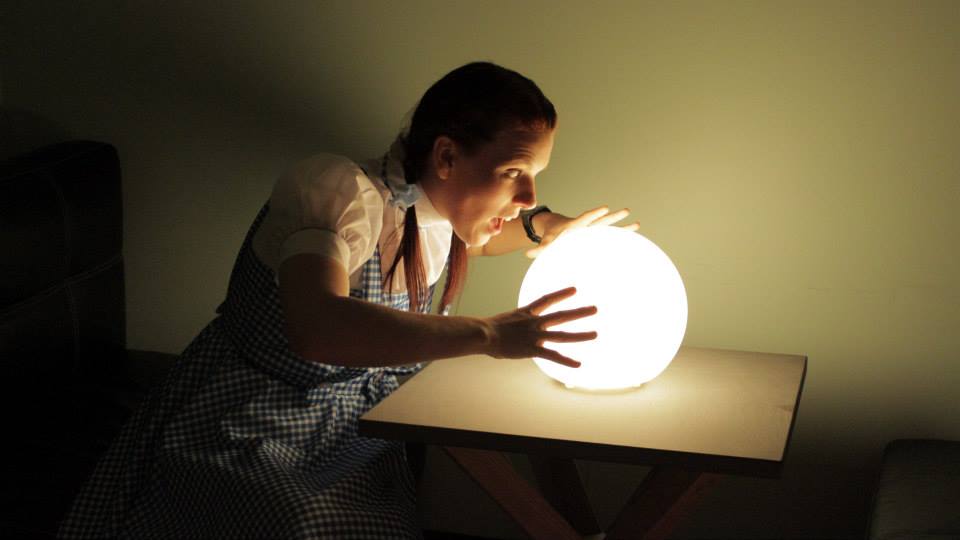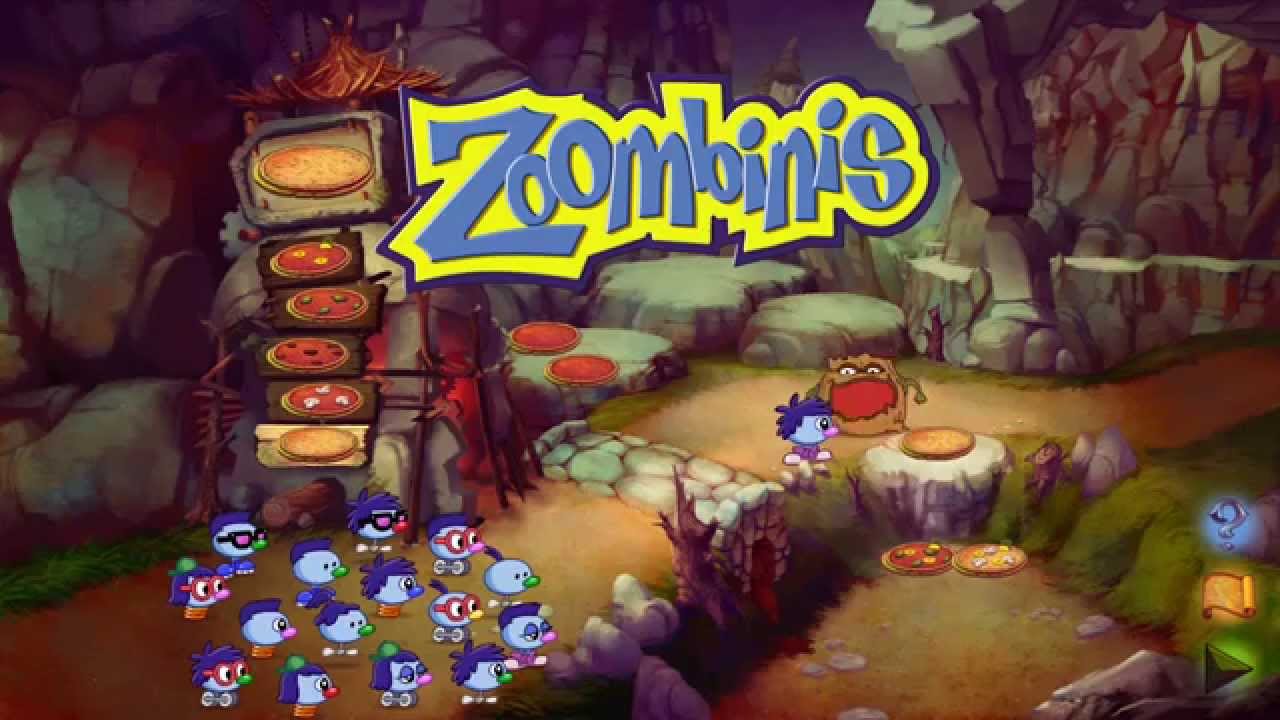Paul Reynolds, Marty Bennett, and Peter H. Reynolds
Martellus Bennett is larger than life in every sense. Creative, generous, funny, artistic, curious – everything about him is big. A new arrival to New England and the Boston area, Marty wanted to swing by FableVision with the folks from The Players’ Tribune to introduce himself to a media studio in his new neighborhood – and we were beyond thrilled to host.
When he’s not tossing a football around for the New England Patriots, Marty’s pursuing his creative passions as an artist, writer, and producer. Marty is opening up his own studio called The Imagination Agency to create apps, children’s books, and animated films. Zoovie: A Warm and Fuzzy Tale is his studio’s first animated short released in August 2015. In addition to illustration, Marty wrote and illustrated Hey A.J. a story featuring his daughter, Jett. The app version of Hey A.J. was just released in time for Father’s Day.
Minutes after his arrival at FableVision, Marty was asking questions, offering tips, and poking his head into all the nooks and crannies of our workspace. Marty and FableVision founder Peter H. Reynolds instantly connected and talked enthusiastically about their love of producing art that inspires kids and adults to dream big.
Marty’s contagious enthusiasm left a lasting mark on the studio. Keep an eye out for all the great things ahead coming from him, The Imagination Agency, and The Players’ Tribune! Thanks for visiting!





